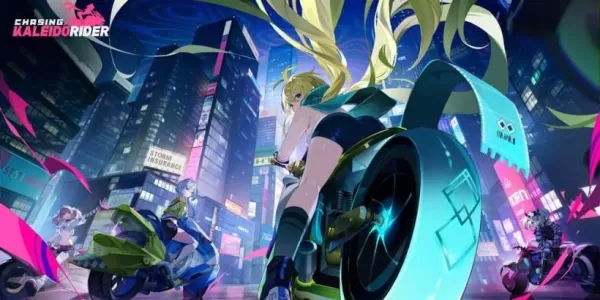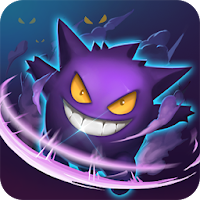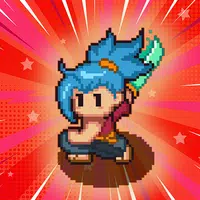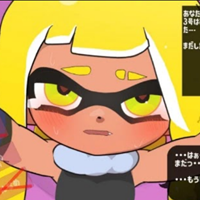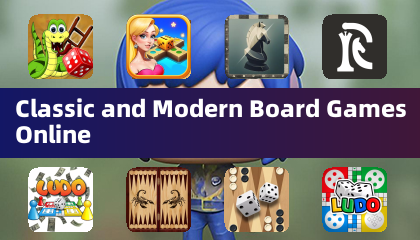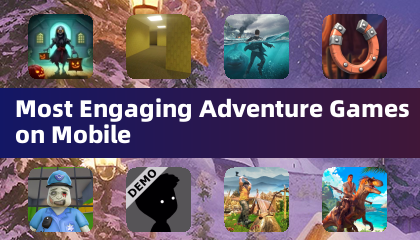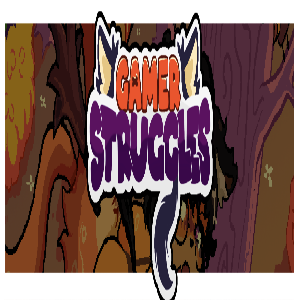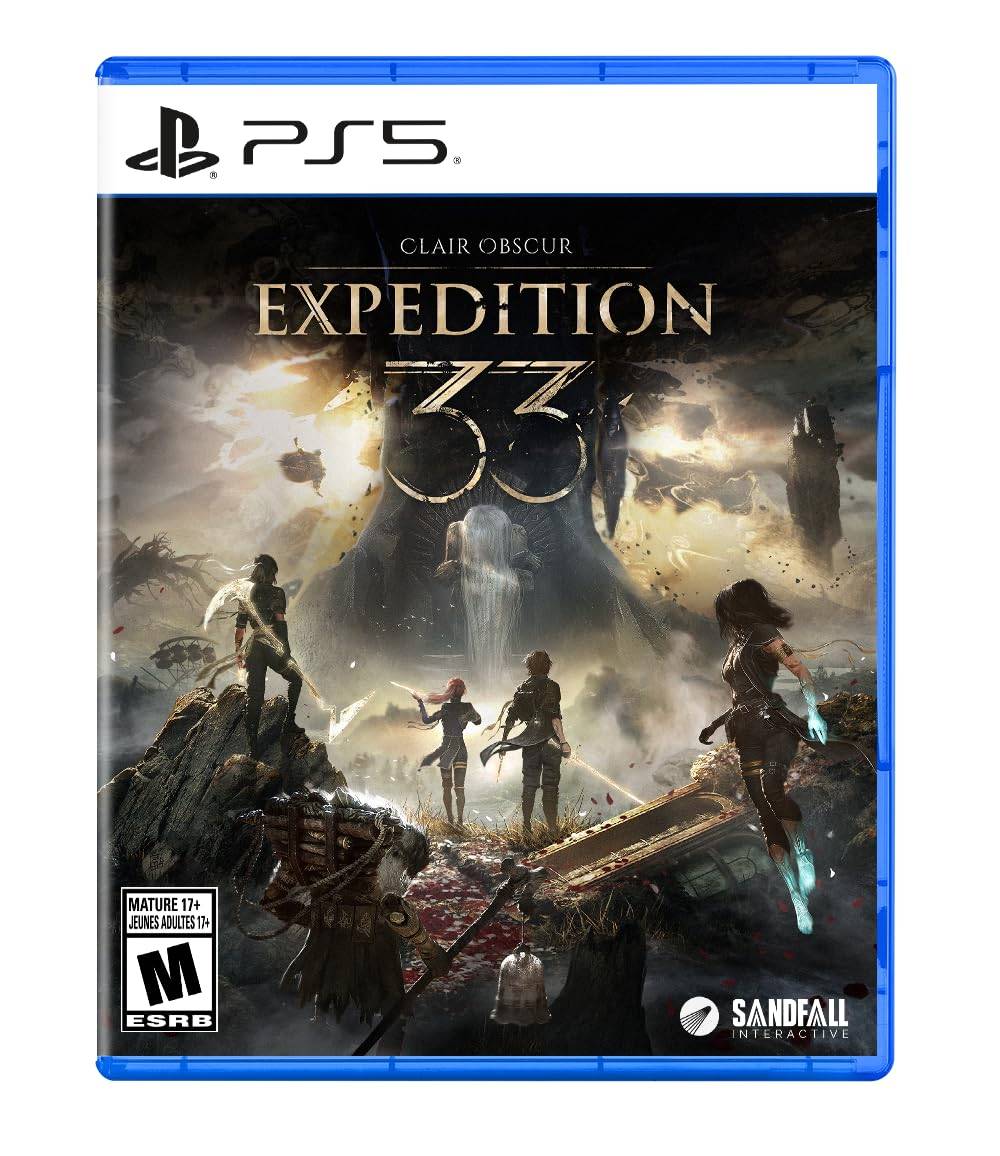After months of swirling rumors and leaks, Nintendo has finally pulled back the curtain on the Switch 2 during its own Direct presentation. Not only did fans get treated to trailers for exciting new titles like Mario Kart World, Donkey Kong Bonanza, and exclusive Nintendo GameCube games available only on Switch 2 Online, but we also got an in-depth look at the console itself. From an accessibility standpoint, I'm thrilled to say that the Switch 2 marks a significant upgrade over its predecessor in nearly every aspect.
A few months back, I shared my accessibility predictions for Nintendo's newest console, hoping for more robust accessibility features, enhanced Joy-Con controller usage, and innovative inclusive design practices. To my delight, Nintendo not only met these expectations but exceeded them with additional surprises. In this Access Designed segment, let's delve into the exciting and confirmed accessibility features of the Switch 2.
New Accessibility Settings
The Direct didn't offer much in the way of tangible accessibility options, except for fully customizable controls for each virtual GameCube game, tailored to the system settings. However, Nintendo unveiled an extensive accessibility page that details both returning and new features.
Fully customizable controls are back, functioning just as they did on the original Switch. The ability to adjust text size to three different levels returns, now enhanced with options for High Contrast and customizable display colors. The Zoom functionality, crucial for blind and low vision players, also makes a comeback. But the real game-changer is the introduction of a "Screen Reader" setting.
Screen Readers are essential for blind and low vision individuals, enabling them to navigate menus and settings independently. Although the feature is currently limited to the HOME menu and system settings, it's a vital step forward. Users can select from different voices, adjust reading speeds, and control volume levels. While it's unclear if individual games will integrate these tools or offer their own accessibility features, Nintendo's recognition of its disabled audience is a positive sign and heightens my anticipation for future accessibility developments.
Innovative Design
Beyond specific menu settings, Nintendo showcased a new inclusive tool within the revamped Nintendo Switch App: Zelda Notes, a companion app for Breath of the Wild and Tears of the Kingdom. The app's Navigation feature allows players to locate shops, points of interest, and even elusive Koroks using a GPS-like user interface. With audio cues and voice guidance, the app helps blind and low vision players navigate the expansive game world, reducing the cognitive load of traversing vast landscapes.
For cognitive, blind/low vision, and physically disabled players, the app's Autobuild Sharing tool is a standout feature. By scanning a QR code, players can instantly build custom Zonai technology if they have the required materials. This tool alleviated my personal struggles with the complex control layout for building Zonai machinery in Tears of the Kingdom. Now, I can focus solely on gathering materials without worrying about the construction process. This exemplifies Nintendo's commitment to inclusive design, a practice I've long admired.
Additionally, the Item Sharing feature allows disabled players to exchange items with friends via QR code, reducing the physical effort needed to search for weapons and food across the game world. While these features don't make Breath of the Wild and Tears of the Kingdom fully accessible, they represent a significant stride forward.
Wheelchair Sports
Perhaps the most unexpected announcement was Drag X Drive, a Rocket League-style game where players control characters in manual wheelchairs on a basketball court. This not only showcases meaningful disability representation but also highlights a new hardware feature of the Switch 2—mouse control.
By turning the Joy-Con sideways, players can move the controller across any surface, mimicking a computer mouse. While we don't yet know the required force to move the cursor—my ultrawide monitor mouse has a DPI of 6400—any new way to play promises accessibility benefits for a wide range of disabled players. It's exciting to envision how Nintendo might leverage this feature, but more importantly, it's another tool in the arsenal for disabled gamers. When combined with the variety of existing controller options on the Switch and Switch 2, Nintendo continues to push the boundaries of controller usage.
As a lifelong Nintendo fan, I'm incredibly excited for the Switch 2. Although the price tag of around $450 gives me pause, my love for gaming started with Nintendo, and each new system brings exciting accessibility enhancements that underscore the company's dedication to inclusive design. While Nintendo hasn't yet introduced a first-party accessible device like the Xbox Adaptive Controller or PlayStation Access Controller, it's innovating in its own way by offering new play options for disabled individuals. Coupled with Nintendo's recent commitment to join other developers in creating standardized accessibility tags, I'm confident that Nintendo will continue to lead the way in elevating accessibility standards.

